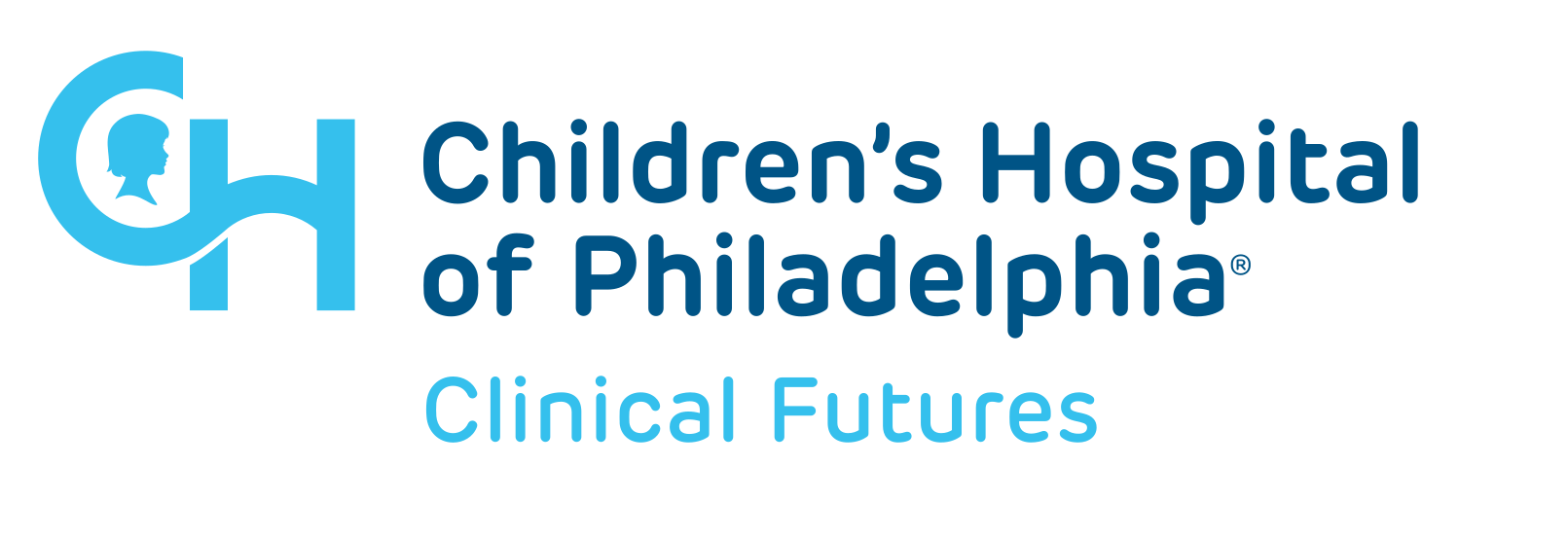Research In Practice Blog
Breadcrumb

Disparities in Nirsevimab Uptake Across a Pediatric Primary Care Network
Video Abstract
Intro
Respiratory syncytial virus (RSV) poses a significant challenge in pediatric health, as it is one of the leading causes of lower respiratory tract infections and hospitalizations among infants. Each year, approximately 1-3% of children under 12 months in the U.S. are hospitalized due to RSV.
It's important to emphasize that, although medical complexity can increase the severity of RSV infections, most hospitalizations occur in infants who are otherwise healthy. This underscores the need for greater awareness and preventive measures to safeguard all infants from RSV and its potential effects.
A recent study by researchers from Clinical Futures titled, “Disparities in Nirsevimab Uptake Across a Pediatric Primary Care Network,” aims to explore nirsevimab distribution among infants born across a large Pediatric Primary Care Network to determine factors associated with nirsevimab receipt.
Background
There are currently two licensed methods to reduce the risk of respiratory syncytial virus (RSV) during the neonatal period: maternal vaccination and passive immunization with a monoclonal antibody targeting RSV. The approved maternal RSV vaccine, Abrysvo (RSVpreF), received U.S. FDA approval in August 2023. It is recommended for pregnant individuals between 32 and 36 weeks of gestation, specifically from September through January, and became available in October 2023.
Nirsevimab is a newly approved monoclonal antibody for RSV prophylaxis, recommended for all infants entering their first RSV season. Because infants born outside of this season don’t get vaccinated in their birth hospital, primary care clinicians must administer nirsevimab to these children in the office. This was a new recommendation during the 2023-24 RSV season.
Study Design and Findings
Nirsevimab was available and recommended to primary care children attending one of 32 CHOP pediatric primary care practices using a clinical decision support system (CDS) tool, which determined eligibility based on age, weight, contraindications including maternal RSV vaccination and allergy, as well as national guidance on supply limitations.
This was a retrospective study which aimed to evaluate uptake of nirsevimab among infants entering their first RSV season who would be ineligible to receive it in the birth hospital. Authors looked at infant data from encounters at CHOP primary care practices, including encounter date/time, practice location, sex, race, ethnicity, preferred language, gestational age, birthweight, insurance, as well as self-reported race and ethnicity and patient-specific geocodes as an indicator of neighborhood features (Childhood Opportunity Index). Medical complexity was also determined using the Complex Chronic Conditions algorithm and ICD-10 codes to identify patients with chronic medical conditions that increase vulnerability to RSV.
Of the 7,208 eligible patients, 2,534 (35%) of patients received nirsevimab, ranging from 20%-65% depending on the primary care practice. Adjusted analyses showed that receiving nirsevimab was significantly associated with age at the start of RSV season, race, practice, childhood opportunity index, and insurance type. Lower rates of nirsevimab receipt included older age (OR: 0.60), Black race (OR: 0.53), very low childhood opportunity index (OR: 0.70), and public insurance (OR: 0.79). Though most patients (83.8%) were fully vaccinated against other childhood vaccinations by nine months old, only 38.7% of fully vaccinated patients, 21.6% of partially vaccinated patients, and 0.74% of unvaccinated patients received nirsevimab.
Implications and Insights
Disparities in nirsevimab uptake need to be further investigated and addressed to ensure all children equitably receive RSV prophylaxis. Future studies should also examine whether timing and setting of administration for nirsevimab show differences in uptake, as well as patient demographics, such as awareness and acceptance of vaccines among parents, access to health care, and differences in clinician prescribing preferences.
For more information, please read this Cornerstone Blog from the CHOP Research Institute.
Study authors from Clinical Futures: Mahaa M. Ahmed, MS; Jeremy Michel, MD, MHS; Yun Li, PhD; and Jeffrey S. Gerber, MD, PhD
Citation:
